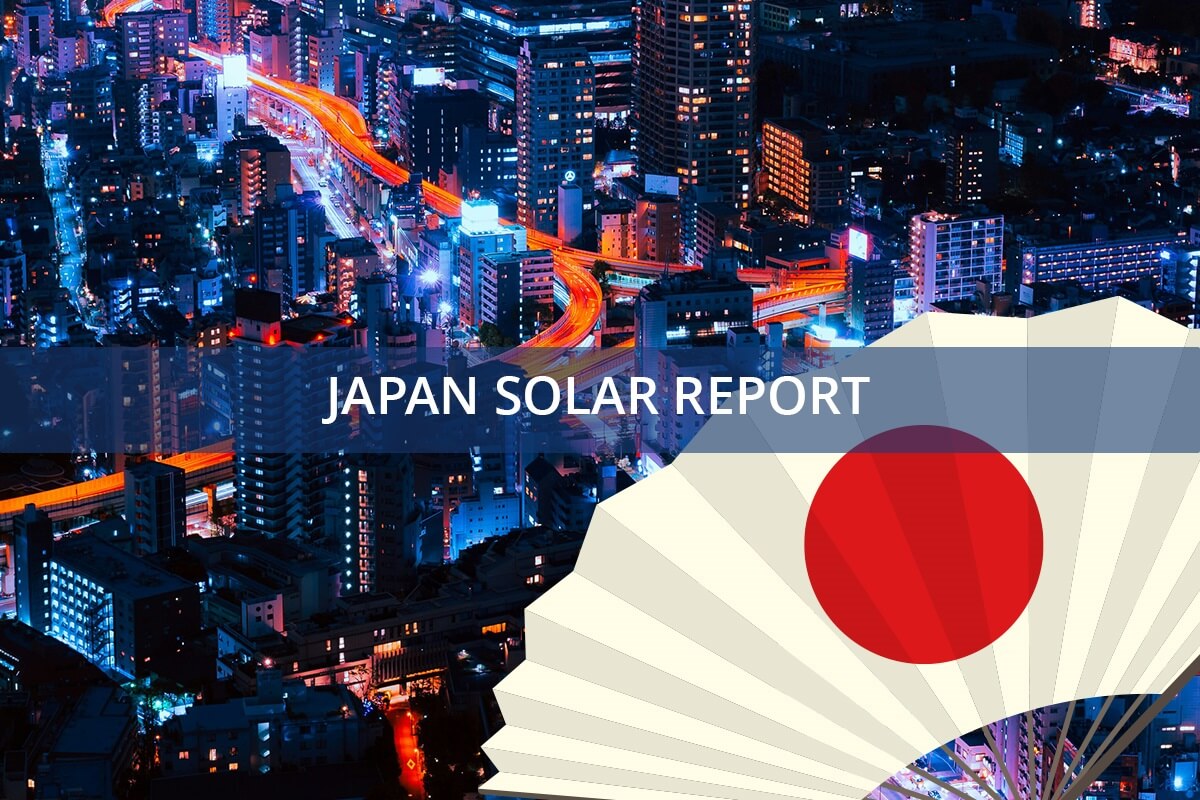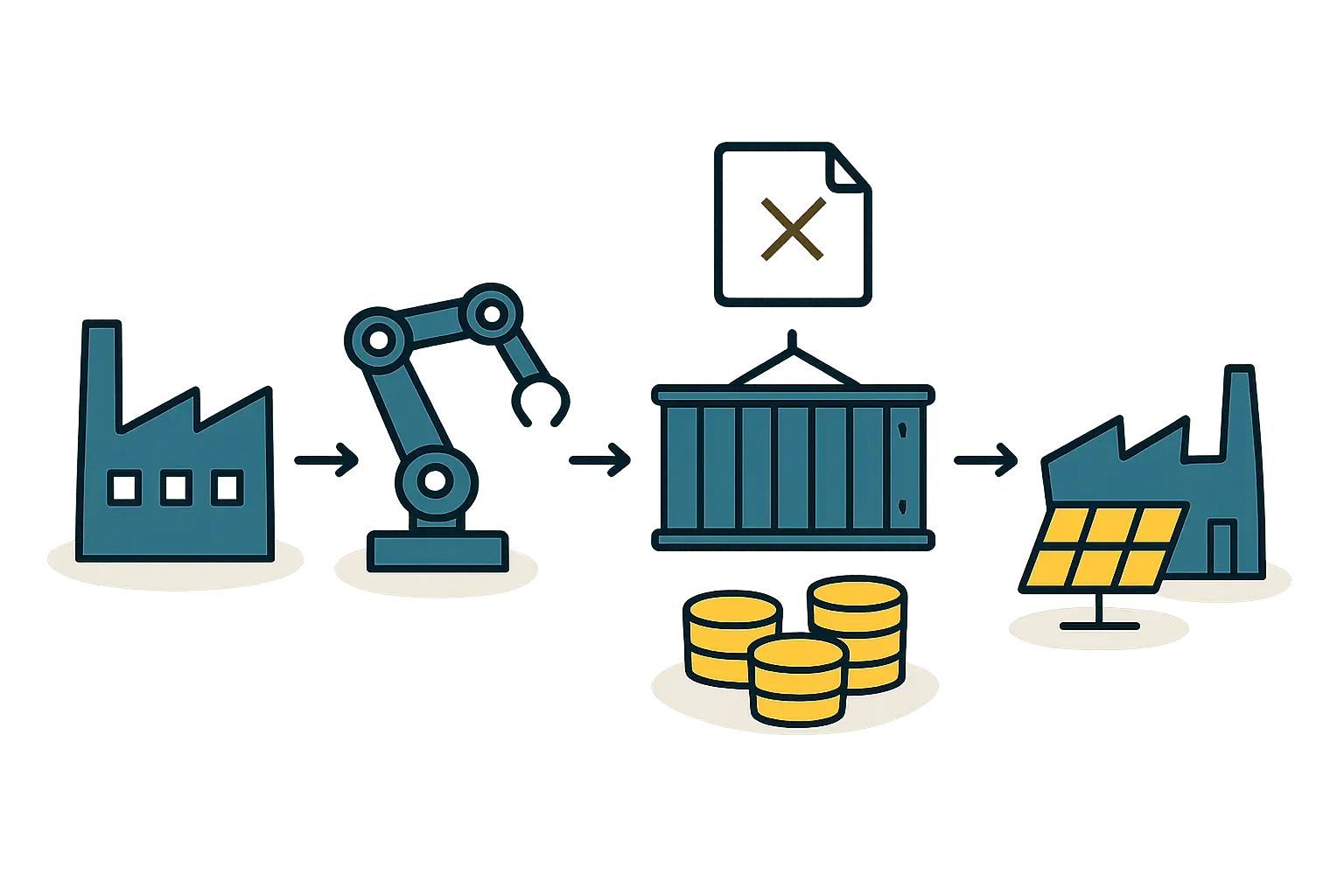Japan is signaling a major push in next-generation solar technology as the New Energy and Industrial Technology Development Organization (NEDO) requests proposals for a project focused on improving the efficiency, durability, and commercial viability of tandem perovskite solar cells.
NEDO’s Call for Proposals in Perovskite solar cell development
The New Energy and Industrial Technology Development Organization (NEDO) of Japan has officially launched a call for proposals to accelerate the development of tandem perovskite solar cells. This initiative is a key part of Japan’s $1.5 Billion extraordinary commitment to becoming a leader in this revolutionary technology.
Perovskite solar cells have already demonstrated efficiencies between 22-27% in lab settings, rivaling traditional silicon. The true breakthrough, however, lies in tandem technology. By stacking an ultra-thin perovskite layer on top of a conventional silicon cell, these tandem cells can capture a broader spectrum of sunlight, significantly boosting overall efficiency.
The project’s primary goal is to achieve a 30% power conversion efficiency for these tandem cells by 2030. To reach this ambitious target, NEDO is focused on creating a scalable solar panel manufacturing process capable of producing large-area cells with stable performance and competitive production costs.
Ready to make big Profits?
The solar Industry is Booming
WE HELP NEWCOMERS to the solar industry start their own solar module production line. Customers can make BIG PROFITS by selling modules and finding investors, without wasting money and time on things they don't need!
Project Objectives for Perovskite solar cell development
This initiative is a cornerstone of NEDO’s broader “Development of Technologies to Promote the Adoption of Next-Generation Solar Cells” project, which also includes research into organic and quantum dot solar cells. The specific focus on tandem perovskites aims to bridge the gap between laboratory research and full-scale industrialization.
A central objective is to develop the specialized solar panel manufacturing machines and techniques required for large-area perovskite-on-silicon cells. This aligns with the wider Japan solar strategy, which seeks to overcome existing PV challenges and secure a stable domestic energy supply. The project will support the entire development pipeline, from improving the efficiency and durability of small-area cells to establishing robust manufacturing processes for large-scale modules.
Key R&D Areas and Goals in Perovskite solar cell development
The project’s research and development efforts are designed to tackle the primary hurdles currently facing perovskite technology: stability and scalability. The key technical goals include:
- Reducing Defects: Minimizing imperfections in the perovskite crystal layers is crucial for improving both efficiency and long-term durability.
- Enhancing Charge Transport Layers: Developing more effective and durable charge transport layers, which are made from specific solar panel raw materials, will ensure that more of the captured solar energy is converted into electricity.
- Achieving 30% Efficiency: The ultimate benchmark is to reach a 30% power conversion efficiency for small-area tandem solar cells by the project’s conclusion, paving the way for commercial products.
Successfully addressing these challenges is essential for Japan’s 2025 breakthrough in perovskite solar panels and moving the technology into mass production. This push is not just about a single project but about building a sustainable and forward-looking solar industry, which also includes planning for end-of-life solutions like the new Japan solar panel recycling mandate.
Proposals must be submitted by November 25, 2024. The selected projects will run for approximately three years, from January 2025 to March 2028.
As Japan invests heavily in bringing next-generation solar from the lab to the factory floor, understanding the fundamentals of production is more important than ever. To learn more about what it takes to build a solar panel from the ground up, explore our free e-course on solar panel manufacturing.



